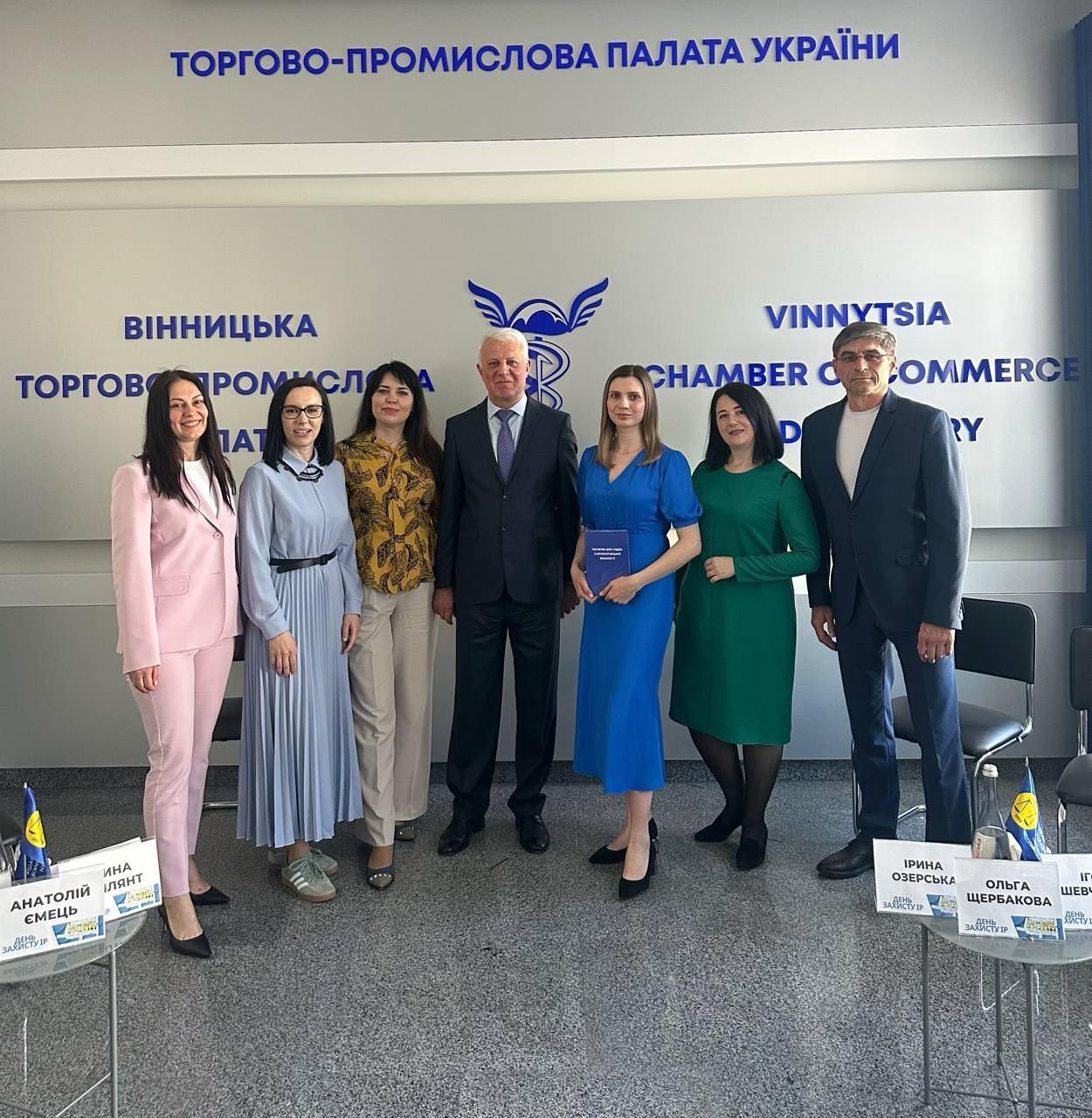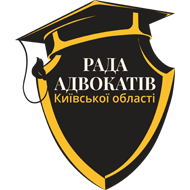Supreme Court Judge in the Cassation Commercial Court Anatoliy Yemets participated in an event dedicated to the International Day of Intellectual Property Rights Protection (IP Day), bringing together judges, lawyers, scholars, attorneys, patent attorneys, and government representatives.
During the event, issues related to the protection of intellectual property rights were discussed, including in times of war, the specificity of protecting the rights of military personnel in the field of intellectual property, challenges in establishing a specialized court for intellectual property matters, and key aspects of judicial practice in the relevant field.
Anatoliy Yemets outlined the current state of judicial practice in the field of intellectual property. ‘This is one of the most dynamic areas of law that faces new challenges daily,’ the judge noted, emphasizing the importance of this field for the country’s development.
He pointed out that cases related to intellectual property are considered in two jurisdictions: civil and commercial. Consequently, there are certain issues regarding the harmonization of judicial practice that can only be resolved at the level of the Grand Chamber of the Supreme Court. At the same time, as the judge reminded, the issue of launching the Higher Court for Intellectual Property, established in 2017, remains unresolved.
Despite these challenges, the Supreme Court continues to develop important legal positions that establish unified standards for protecting copyright and trademarks, serving as benchmarks for courts and businesses.

Anatoliy Yemets also highlighted the positive dynamics in electronic justice: ‘We have the ability to publish decisions on the day they are made, and the full reasoning part within a few days. This is about trust and transparency.’
The judge cited examples of key cases in 2025 that clarify the principles of intellectual property protection, evidence evaluation, and procedural standards. During his presentation, he analyzed facts, court positions, and their significance for judicial practice.
In particular, the judge reviewed case No. 910/19775/23, in which the Supreme Court concluded that a service work is subject to copyright protection if it has a creative character, even if this work is included in an official document. Judicial protection in this case should correspond clearly to the nature of the infringement, rather than being reduced to formal procedures. In cases No. 910/4724/21 and No. 910/14228/21 concerning trademarks (‘Miniso’ vs. ‘USUPSO’ and ‘Sigma’ vs. ‘SIGMA ENGINEERING’ (‘Сігма Інжиніринг’, ‘Sigma Engineering’)), the Supreme Court affirmed the need for a tri-aspect approach to assessing similarity (phonetic, visual, and semantic resemblance) and reminded that expertise is not mandatory if other proper evidence is available.
The judge also discussed a dispute in which companies sought to invalidate 11 certificates due to similarity with the ‘MEDOFF’ brand and derivatives. In this case, the first and appellate courts partially granted the claim. The respondent appealed this decision, citing the expiration of the statute of limitations. However, the Cassation Commercial Court of the Supreme Court in its ruling of April 24, 2025, in case No. 910/16586/18, determined that the statute of limitations begins not from the date of trademark registration, but from the moment when the plaintiff learned or could have learned about the violation.
In the mentioned case No. 910/4085/23 regarding the ‘Truskavetska’ trademark, the Supreme Court emphasized the need to establish the distinctiveness of a geographical indication and clarify the existence of a market conflict.
Anatoliy Yemets’ presentation can be accessed at: https://court.gov.ua/storage/portal/supreme/prezentacii_2025/Prezent_intelekt_vlasn_prakt_VS.pdf.
The event was held at the initiative of the Association of Lawyers of Ukraine.



